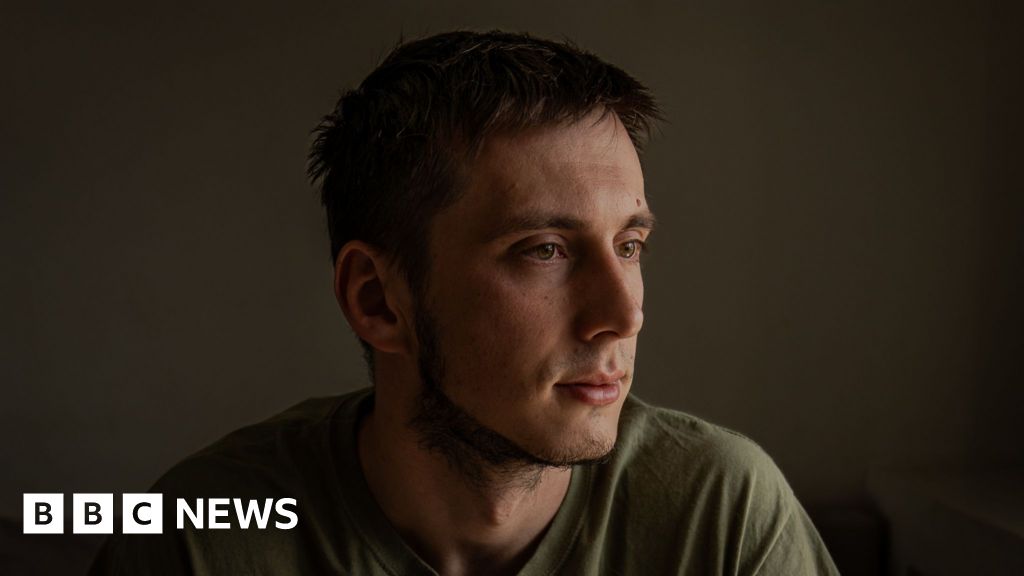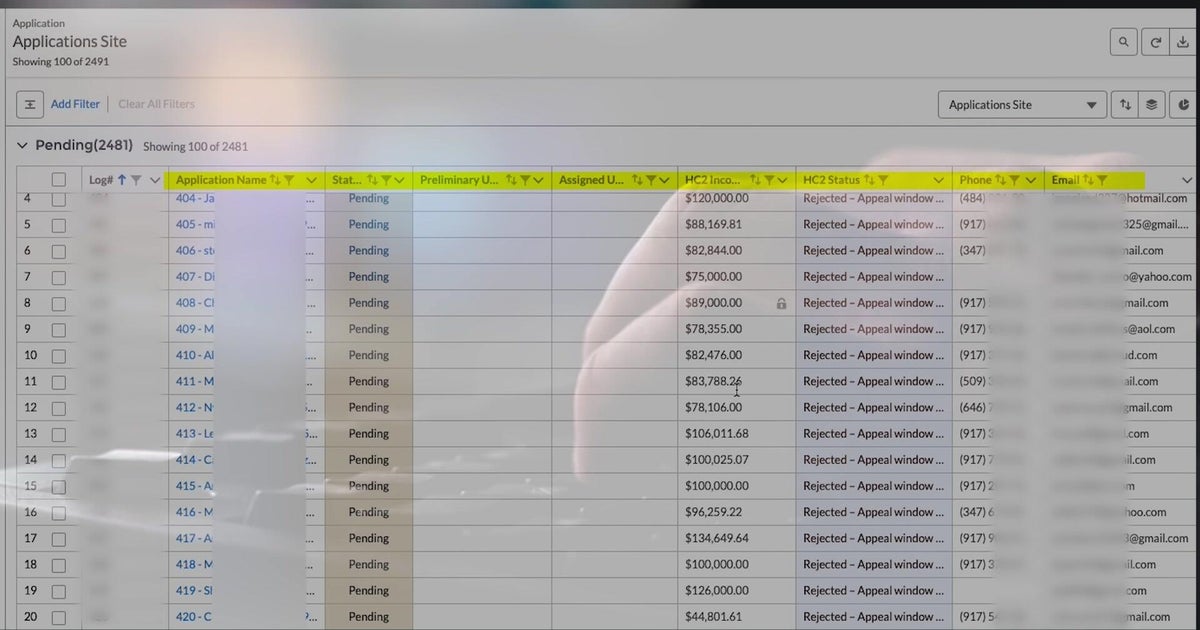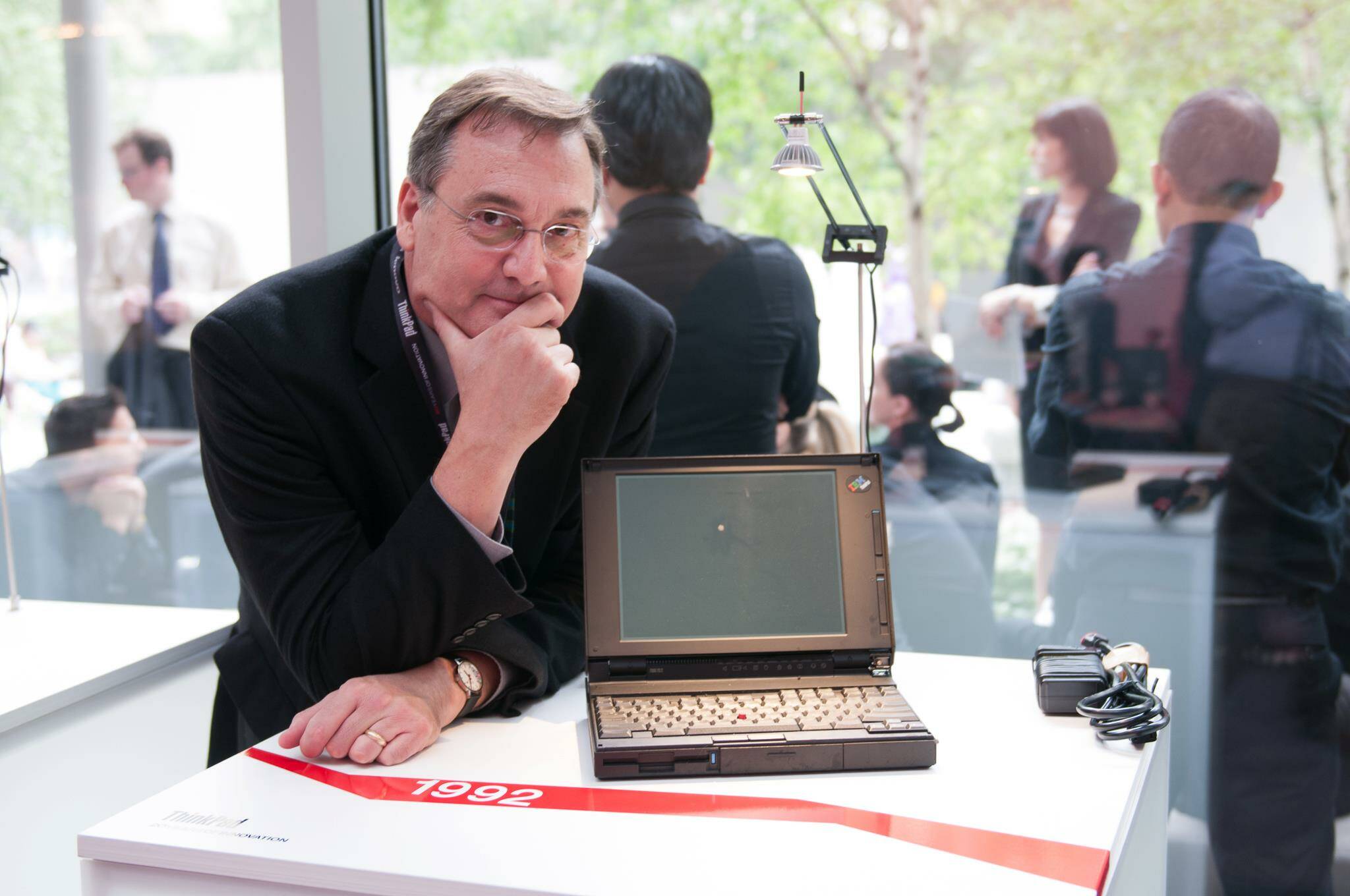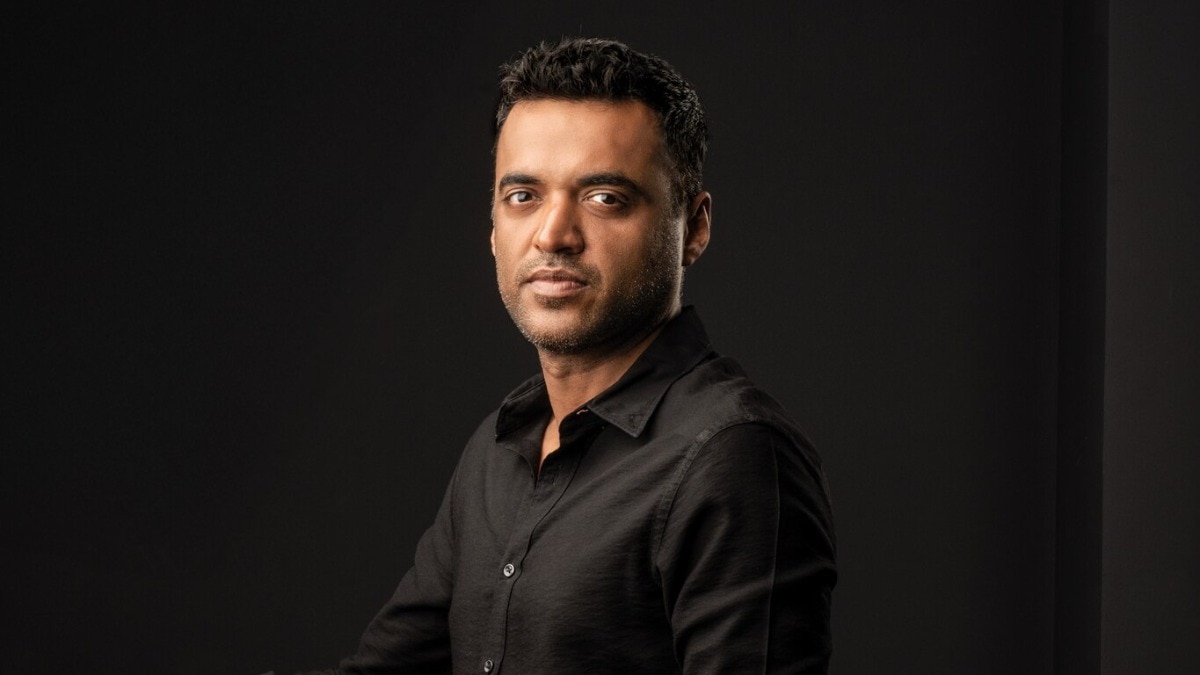
They escaped Ukraine's front lines. The sound of drones followed them
In a cramped apartment in the Ukrainian capital Kyiv, Pavlo, a 30-year-old drone operator who had recently returned from the front, unzipped a black case about the size of a pizza box. Inside, there was a four-rotor drone he intended to fly around the room.
He pressed buttons on the control unit and pushed the antenna to different positions. Nothing happened. "Sorry, not today," he said, with a smile. The unit looked fine, but something was broken.
At the front, Pavlo, who asked to be identified only by his first name, was a pilot of first-person view (FPV) drones. These small, highly manoeuvrable drones have front-facing cameras that allow them to be flown remotely. Over the past year or so, bomb-laden FPVs have become ubiquitous on the front lines in Ukraine, replacing the heavy weapons that characterised the war's first phase.
The FPVs chase armoured vehicles, hunt infantry units through treelines and stalk individual soldiers to their deaths. "You cannot hide from the FPV, and to run is useless," Pavlo said. "You try to be as calm as possible, and you pray."













